The largest military evacuation in history, the 1940 Operation Dynamo, took place primarily in northern France, in Dunkirk. The museum Musée Dunkerque 1940 Opération Dynamo remembers precisely this event. In just nine days, 340,000 French and British soldiers surrounded by German troops were evacuated to England.
Table of Contents
Operation Dynamo: the Evacuation of Dunkirk
The military name for the Dunkirk evacuation was Operation Dynamo, named after the Dynamo Room, an underground room in the British Naval Headquarters in Dover Castle, with a dynamo inside to provide electricity. To learn more about this epic evacuation, Dover Castle offers a unique perspective on the British evacuation of Dunkirk during World War II.
Operation Dynamo, led by Vice Admiral Bertram Home Ramsay, is a historic event that turned a potential disaster into a miraculous evacuation. Despite continuous bombardment by the Luftwaffe, almost all of the soldiers could return home. The operation is renowned for demonstrating the Dunkirk spirit, a term coined to represent the unity and determination of the British people in the face of seemingly insurmountable odds. Winston Churchill’s famous ‘we shall fight on the beaches’ speech immortalised this spirit forever.
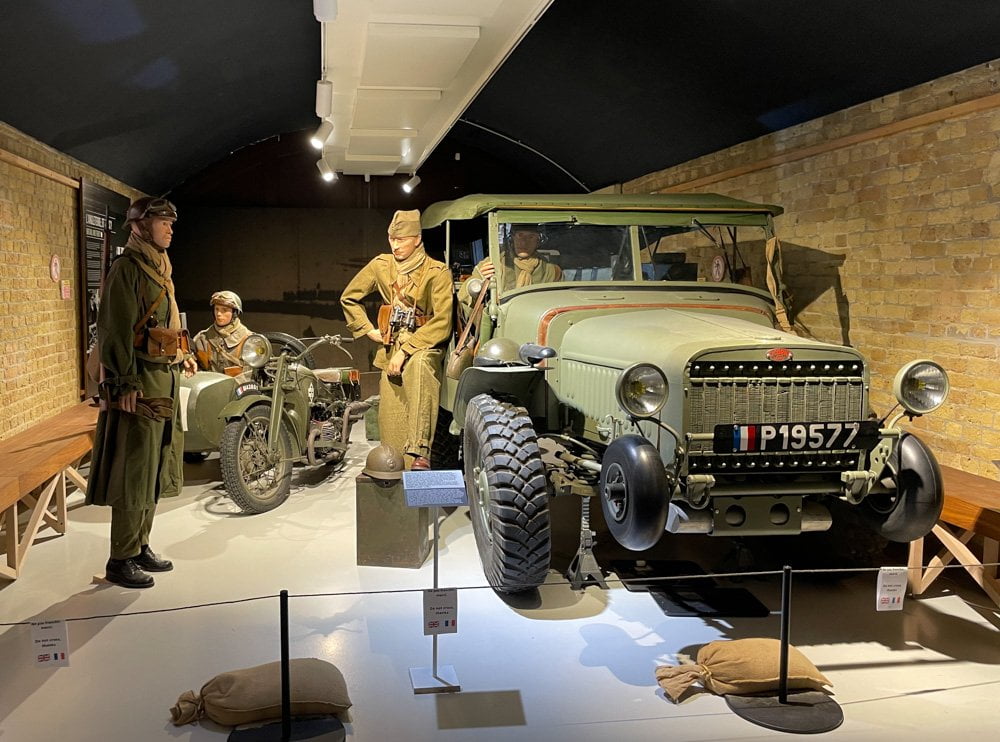
The Miracle of the Little Ships
After the German offensive on the neutral countries Holland, Belgium and Luxembourg, the Allied armies could only retreat towards Dunkirk. Given the complete isolation of the British and French troops by land, the only possible way of salvation was to escape to England by sea.
The evacuation of Dunkirk by the British Army was achieved in record time with the help of various naval units. This operation, known as Operation Dynamo, was truly an epic feat as depicted in Christopher Nolan’s film “Dunkirk”. Alongside the 42 destroyers supplied by the British Navy, other vessels, such as merchant navy ships and fishing boats owned by ordinary citizens, were also utilized.
For this reason, in Britain, the evacuation is still remembered as the ‘Miracle of the Little Ships’. Hundreds of fishing boats, pleasure boats, and even lifeboats participated in the ‘Miracle of Dunkirk’. The smallest vessel used was the Tamzine, a 15-foot (4.6-metre) launch now housed in the Imperial War Museum in London.
All rescue operations were completed under intense aerial bombardment by the Luftwaffe. Meanwhile, British artillery tried to hold off the advancing German troops with the last remaining ammunition. The Luftwaffe sank several destroyers and damaged others, not to mention the numerous fishing boats and merchant ships that were sunk. Yet most of the soldiers were rescued.
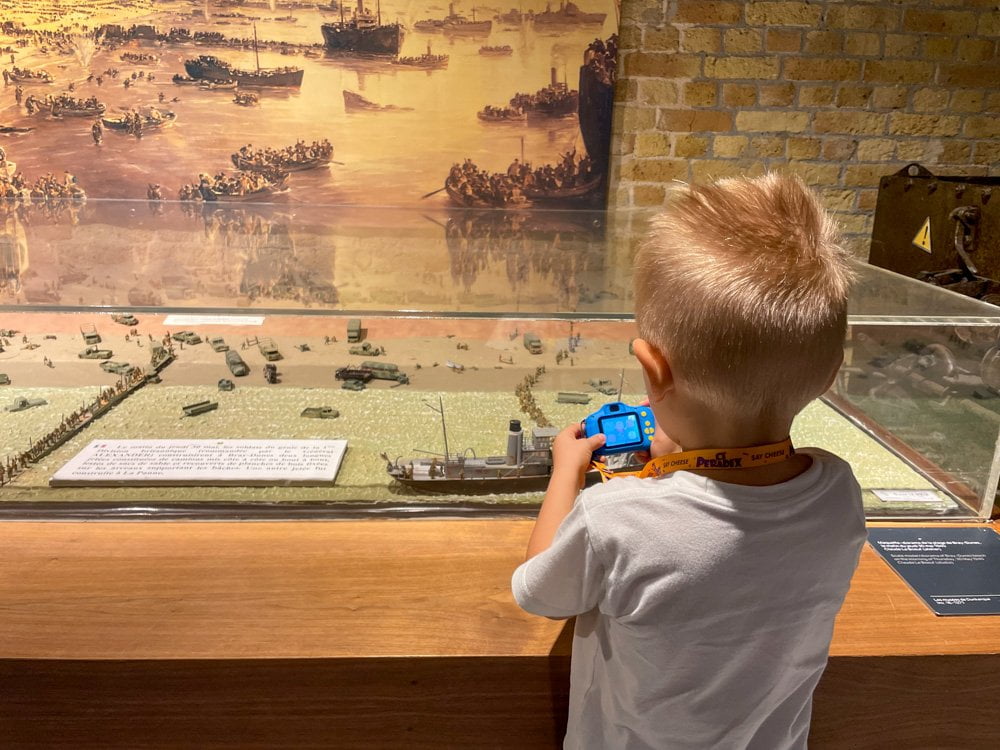
What’s on at the Dunkirk Museum 1940
With this incredibly fascinating history, also captured in Christopher Nolan’s film “Dunkirk”, a visit to the Musée Dunkerque 1940 Opération Dynamo is a must. The museum is located inside Bastion 32, the headquarters for the defence of the fortified sector of Dunkirk. It is the place from which orders for the defence of the territory and the coordination of evacuations by sea on the French side originated.
The Dunkirk 1940 Museum was refurbished and expanded in 2017. It contains numerous period objects, and at the entrance, you can watch a 12-minute introductory video summarising the historical events that took place in Dunkirk. The museum is small but very interesting. I recommend visiting it if you are in the area or before taking a ferry from Dunkirk or Calais to England or Ireland.
Inside, you can see many models that reconstruct the movements of the British and French armies fleeing the Germans and the evacuation organisation. There are also many military relics, such as trucks, weapons, machine guns, and uniforms. Some scenes have been staged with the help of mannequins. Still, much material is displayed in showcases and explained by large panels throughout the rooms.
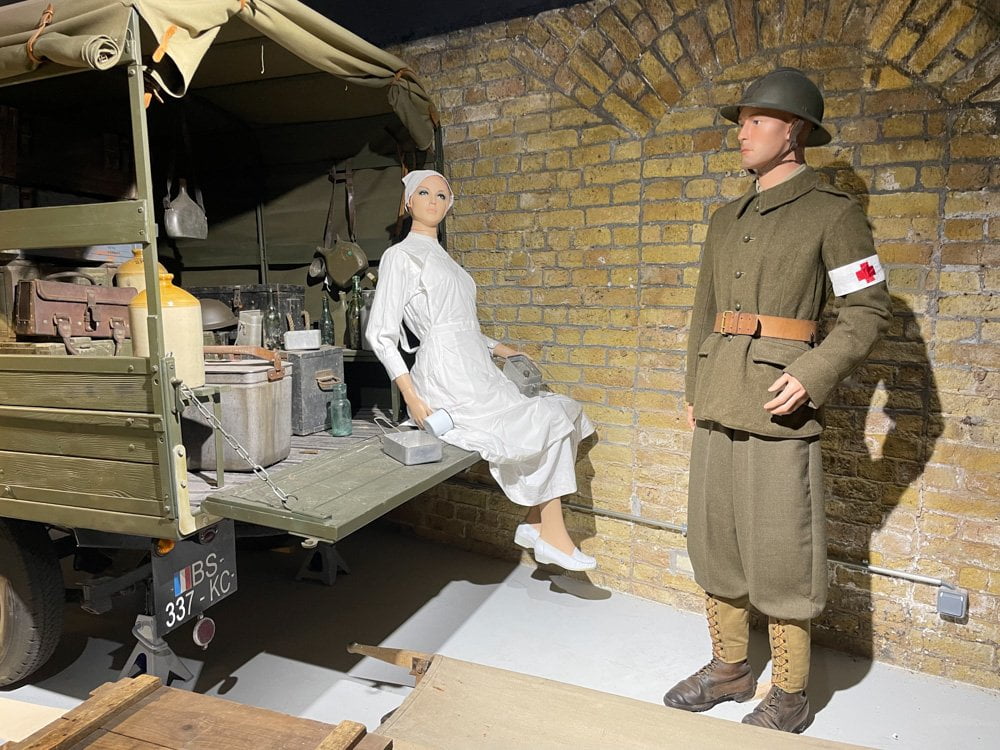
The Musée Dunkerque 1940 With Children
When visiting a war museum, you should expect a million questions from a kid about the ‘good’ and ‘bad’ soldiers. You can provide them with historically accurate information, but you still have to simplify the story as much as possible. Explaining that German soldiers were probably not individual bad guys but fought on the ‘wrong’ side can be really difficult.
Despite the thousands of questions with unsatisfactory answers about why Hitler was so evil, why soldiers shot other soldiers, and why planes sank ships, my son still enjoyed the Dunkirk Museum. He loved the models and the tank turret, which he photographed from all possible angles.
Although war machines, tanks are incredibly fascinating for children. They are huge, tracked, and capable of passing over any terrain! On the same trip, we also saw the British version, with the tanks placed in France on display at the Norfolk Tank Museum.
If you wonder how I explained war to my son, you won’t find an answer because I don’t understand war either. On the other hand, explaining history to kids is essential to pass the value of peace to the next generation. Small museums about past wars between neighbouring countries make us appreciate the united Europe even more, with the freedom of movement we enjoy today.
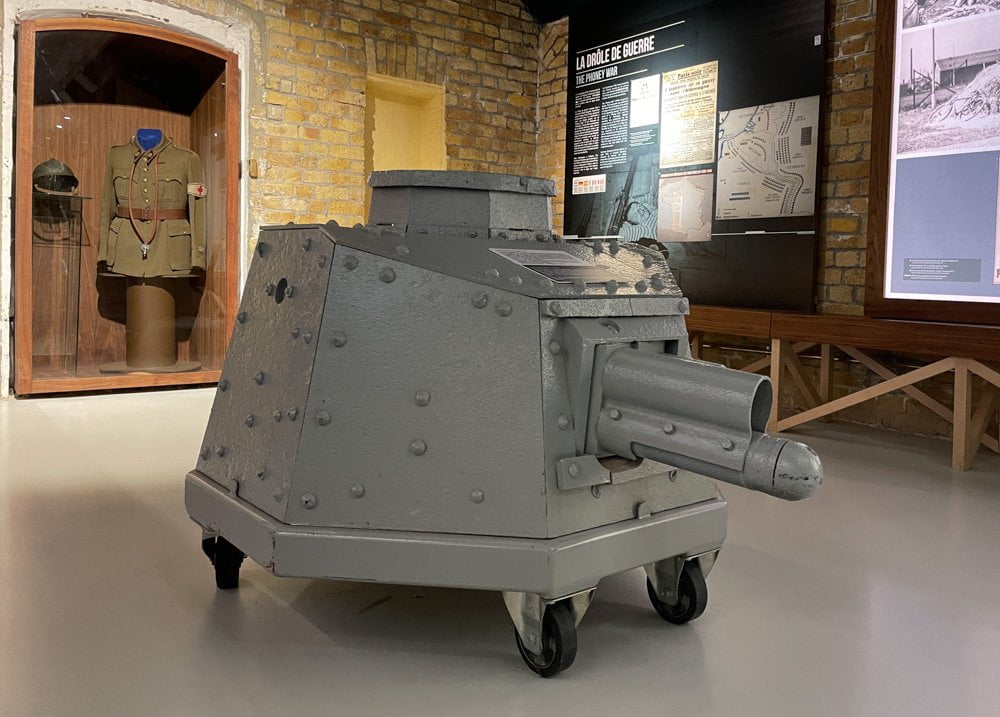
Practical information for visiting the Musée Dunkerque 1940 Opération Dynamo
To visit the Musée Dunkerque 1940, you can buy tickets directly from the ticket office. At the time of writing tickets cost €8 for adults, while children under 12 are free if accompanied by an adult. You can also book a guided tour for €60.
The museum is open daily from 10am to 6pm. You can visit the whole thing in less than an hour, a little longer if you read all the captions. Keep it short if you have to take the ferry from the Dunkirk or Calais terminals afterwards.
There are several free car parks nearby. You can also leave your car there to go to the beach at Malo-les-Bains, a quarter-hour walk away, or the other attractions of Dunkirk.
Musée Dunkerque 1940 Opération Dynamo
Courtines du Bastion, 32
Rue des Chantiers de France
59140 Dunkerque
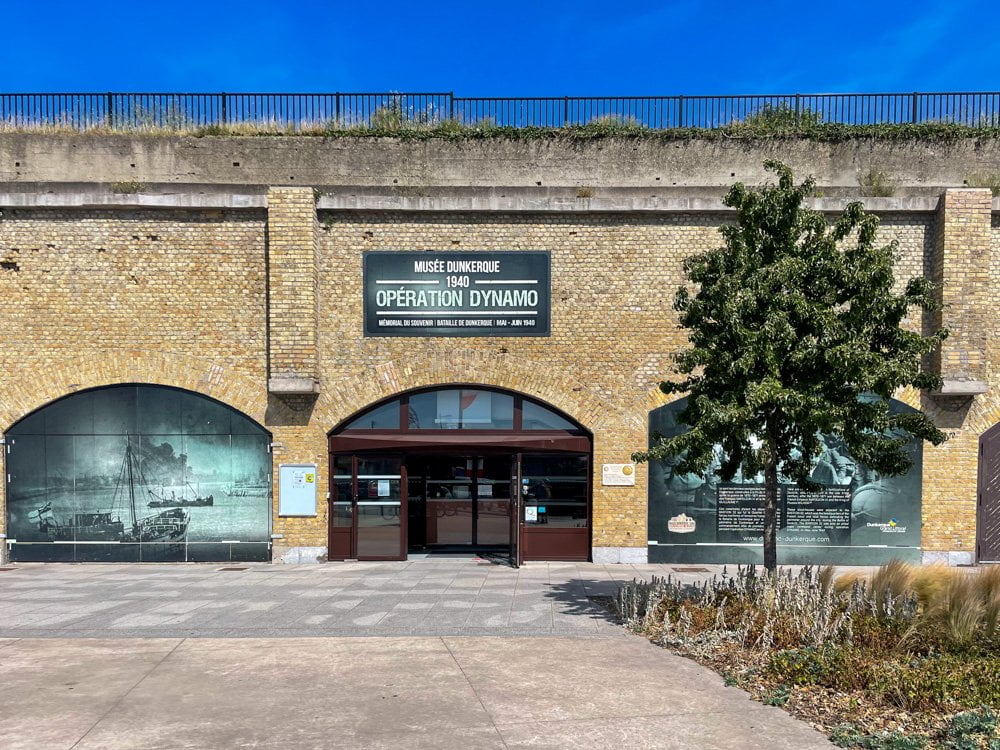
I had a great experience discovering the Musée Dunkerque 1940 Opération Dynamo. It was fascinating to delve into this heroic piece of history. Feel free to share your experience about the Dunkirk Museum in the comments.
